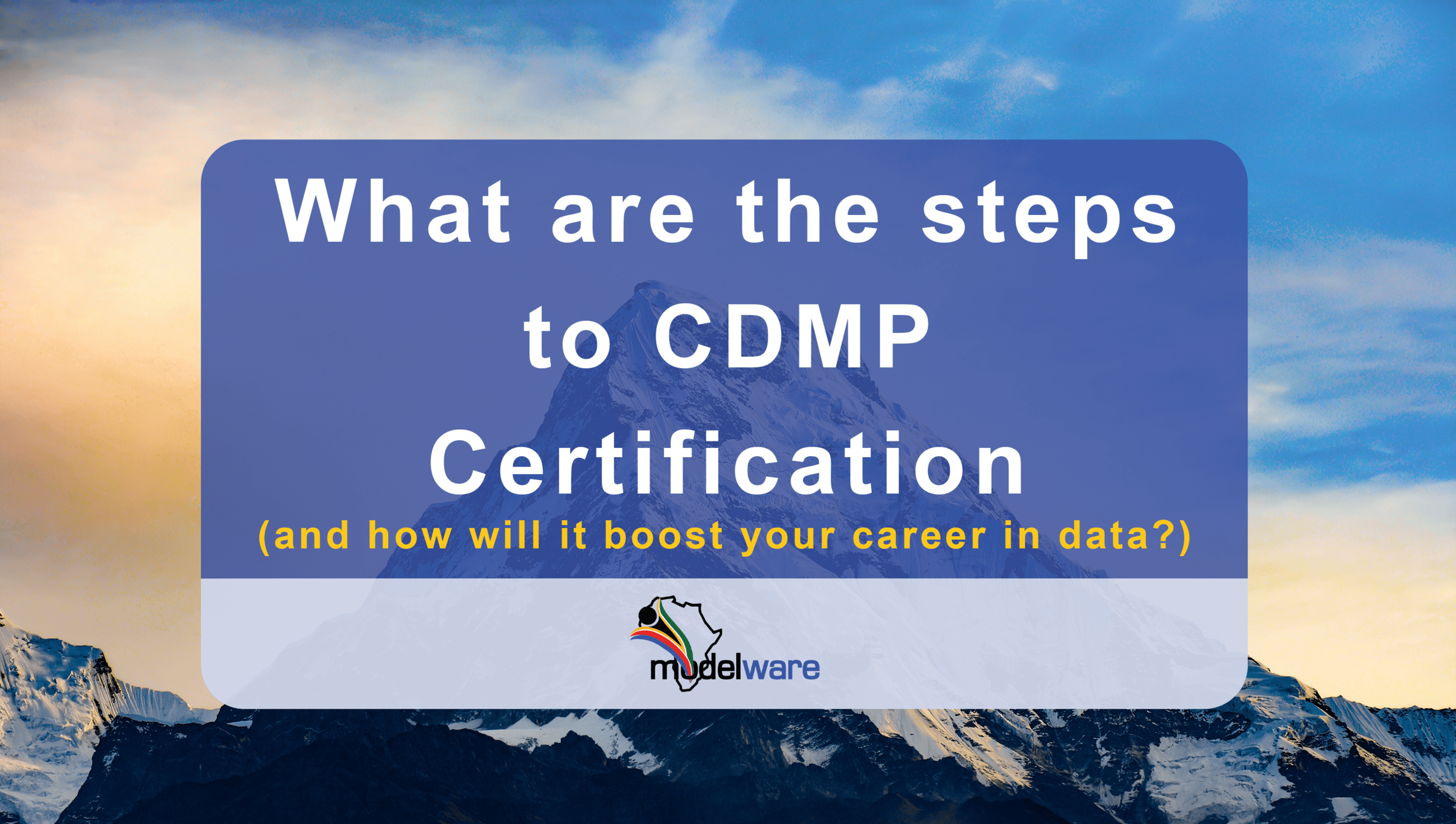
Designing Data Products to Support Customer Value Proposition - Data Professionals
This webinar covers critical points on Marketing Analytics and Data Product Design. Howard Diesel focuses on designing a data product, defining data products, and building and managing data products. He touches on segmentation strategies and types, data collection and analysis, utilising Qualtrics for customer segmentation, statistical analysis, and market research. There is discussion on the importance of customer segmentation in marketing, defining product features and target audience, journey map and customer profile for data executives, and developing and delivering data products. Lastly, Howard emphasises the significance of data strategy and thought leadership in business and the importance of interaction and communication within this context.

Designing Data Products to Support Customer Value Proposition - Data Executives
This webinar presents a comprehensive list of topics and discussion related to the data value proposition, collaborative learning, business architecture, marketing, and technology. Topics also include understanding and implementing value propositions, data-driven analytics platforms, communication strategies, and the impact of AI on user engagement in music streaming platforms. Howard Diesel presents an analysis of companies like Netflix and Spotify, as well as offering insights into the future of AI in data production.

CDMP Specialist RMD (Reference & Master Data) – Golden Rules
It is no use dragging your organisation through the Reference and Master Data gauntlet if you do not radically improve the quality of your data and simplify data sharing and integration.
The critical success factor to Master Data Management is keeping your data GOLDEN! If you can not achieve this level of reliability you are selling empty promises and dreams.




Data Privacy & Unstructured Data - DAMA SA
Caroline Mouton covers various aspects of information management, privacy compliance, and data security.
She includes the importance of document and records management and the differences between documents and records.
She explained the challenges of managing records and metadata, the relationship between technology and information, enterprise information management, and records management.
She reviews the significance of website snapshots as records, privacy risks, data breaches, unstructured data risks, and sharing and securing access to team spaces and channels.
Additionally, Caroline sheds light on tools for mapping data flow and creating diagrams, data flow and risk assessment in website form process, data storage and management, the importance of structured data and data visualisation in business, the importance of language and data management in the workplace, the importance of data governance and tools in content management, the importance of case management and workflow tools in business operations, and importance of data management and tools for incident management and compliance.
Lastly, Caroline provides a quick playbook for file shares and managing privacy risks with data flow diagrams, effective communication, and simplified diagrams.

Data Abstraction for Data Managers
The topic of abstraction and its uses and dangers in development, object-oriented programming, and data modelling is discussed by Howard. He shares his experience of learning about the hazards of abstraction from Steve Hoberman’s course and how it can create more responsibility for developers.
The concept of abstraction safety guide and its use in simplifying data models and presenting information to business users is explored. Partitioning and absorption are also discussed. The process of specifying, from business requirements to technical details, and the definitions of "specification" and "abstraction" are explained in detail.
The different levels of understanding for specifications, such as a detailed description of work or materials for a project, instructions on how to do or make something, and architect specifications for a new building, are described.
Creating a believable visual presentation to define high-level requirements and using a conceptual model to get precise definitions for eliciting requirements to create a business glossary and threading logic from top to bottom is explained.


